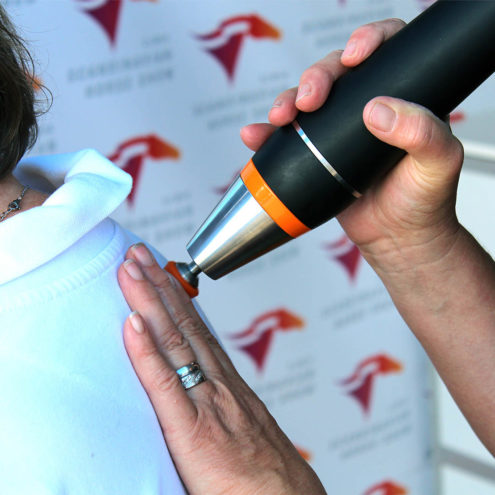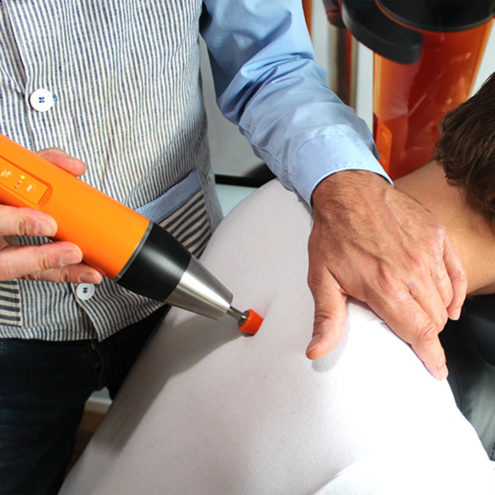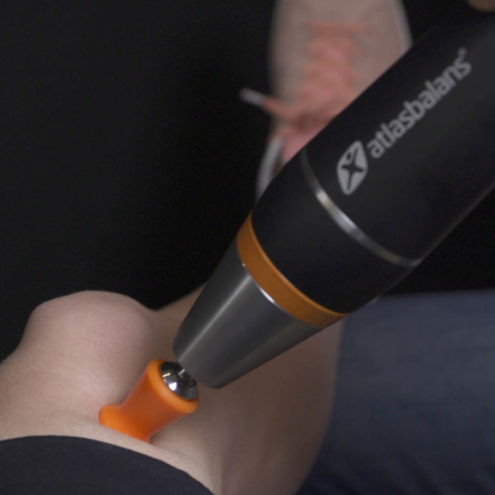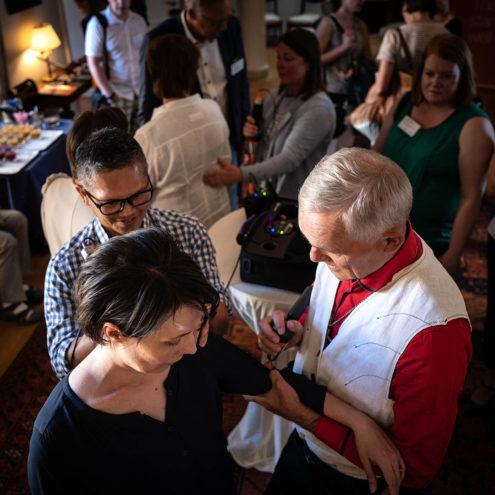Pain in the thumb – Causes, symptoms and treatment

Experiencing pain in the thumb is common and can affect people of all ages. As the thumb is a very important part for the functioning of our hand, pain in it can have a significant impact on daily activities. Here we explore the different causes, symptoms and treatment options for thumb pain.
What is pain in the thumb?
Definition and general understanding
Pain in the thumb refers to aches, soreness and pain in any of the structures of the thumb. Several different factors can cause thumb pain. The most common causes are that a structure of the thumb has been damaged or overworked, but also medical conditions.
The importance of the thumb in the function of the hand
The thumb plays a crucial role in almost all movements of the hand. The unique position and mobility of the thumb allows us to get a firm and strong grip on objects but it also plays a major role in the fine motor skills of the hand, allowing it to perform tasks such as writing, grasping objects and performing detailed work.
Why do you get thumb pain?
Common causes of pain
Pain in the thumb can be due to a variety of causes.
De Quervain syndrome
This is a type of tendonitis (tendon injury) that affects the tendons on the thumb side of the wrist, causing pain and swelling.
Thumb basal osteoarthritis
This is osteoarthritis that affects the base of the thumb, causing pain, swelling, and reduced mobility.
Ligament injuries in the thumb
The thumb is made up of several ligaments. Injuries to the ligaments of the thumb often occur in sports activities but can also occur during repetitive work.
SMS thumb
This condition is caused by repetitive movements from using mobile devices, leading to pain and stiffness.
Symptoms linked to thumb pain
If you have thumb pain, the symptoms can vary depending on the cause. Pain is often a collective term that describes experiencing unpleasant symptoms such as aches, pains or soreness in the affected area. Other symptoms that may include thumb pain are:
Pain when moving or pressing
Swelling around the thumb joint or along the thumb
Stiffness and reduced mobility
Clicking or squeaking sound when moving
Increased pain when gripping or twisting
If you experience persistent pain in your thumb or any of the above symptoms, it is important to seek medical advice for proper diagnosis and treatment. Early intervention can prevent further damage and help speed up recovery.
General signs and symptoms
General signs and symptoms of thumb problems may include:
Constant or intermittent pain in the thumb or its base
Stiffness, especially in the morning or after periods of inactivity
Swelling, warmth, and or redness around the thumb joint
A decrease in the range of motion or grip strength of the thumb
A feeling of instability or weakness in the thumb
Audible clicking or crackling sounds when the thumb moves
These signs and symptoms can worsen with activities involving gripping or twisting the thumb, which can lead to a significant reduction in the functionality of the hand and the person’s quality of life.
Symptoms specific to underlying conditions
Osteoarthritis of the thumb
Osteoarthritis of the thumb, also known as thumb base osteoarthritis, is characterized by:
Pain at the base of the thumb, especially under pressure or movement
Swelling, stiffness, and tenderness at the base of the thumb
Development of bone growths (osteophytes) that may feel like small nodules
Decreased grip strength and difficulty performing tasks that require fine motor skills
Inflammation and swelling in De Quervain syndrome
De Quervain syndrome typically presents:
Pain and swelling over the thumb side of the wrist
Pain that worsens with gripping or twisting movements
A “snapping” or “cracking” sensation when moving the thumb
Difficulty moving the thumb and wrist without pain
Pain and swelling in ligament injury
A ligament injury in the thumb can cause:
Direct pain at the time of injury
Marked swelling and bruising
A feeling of instability in the thumb joint, or that it is “loose”.
Limited mobility and pain when trying to move
Treatment methods for thumb pain
If you experience any of the above symptoms or have other concerns about your thumb, it is important to seek medical attention. A doctor can provide the correct diagnosis and appropriate treatment. Common treatment methods may include:
Physiotherapy: A physiotherapist can put together a specific program of exercises to improve thumb mobility, strength and function.
Ergonomic advice: An occupational therapist can help adjust your daily activities to reduce the strain on your thumb.
Gentle movement exercises: To maintain range of motion and reduce stiffness.
Anti-inflammatory or pain-relieving medicines: to manage pain and swelling.
Orthoses or braces: To immobilize and provide support to your thumb during the healing process.
Surgical intervention: For more severe cases or when conservative methods do not provide relief.
How FasciaClinics can help with thumb pain
At FasciaClinics, we specialize in seeing and treating the body from a holistic perspective. We perform fascia treatments, a highly effective treatment method that focuses on treating and maintaining the fascia in our body.
Fascia is the network of connective tissue that binds and permeates everything in our body. All cells, tissues (even bone), muscles and organs contain fascia. Fascia is also very rich in free pain receptors, known as nociceptors, which respond to stimuli such as pressure and send signals to the central nervous system where they are interpreted as pain.
Fascia treatment focuses on releasing tension and adhesions in the fascia and increasing its flow. This allows us to have an improved mobility of the body with less pain and improved self-healing.
During a visit, we analyze the whole body to see where compensations and imbalances are and how they have spread. If there is an imbalance in the body, there is a risk that they will spread and affect other structures. That’s why it’s very important to seek help quickly as soon as you experience any symptoms.
Our goal is to restore function, reduce pain and improve your quality of life. Contact us to book an appointment and take the first step towards a pain-free thumb.
 Search
Search


































